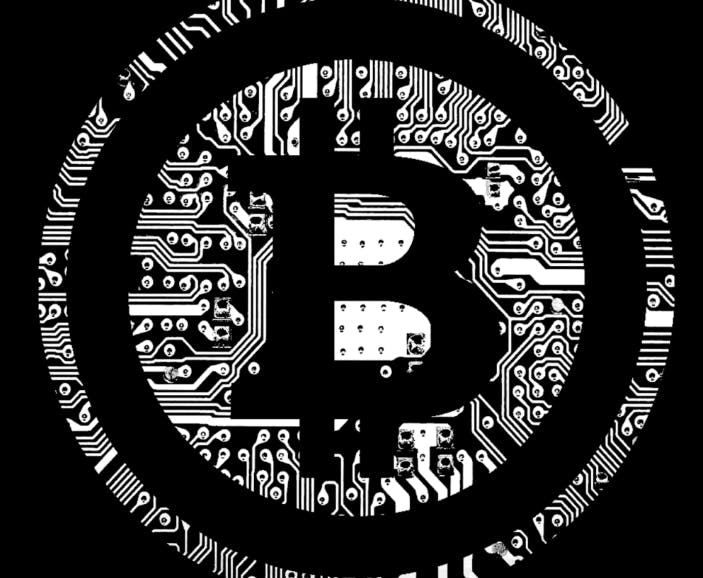ELI5: Ethereum Virtual Machine (EVM)
31st Oct 2023

Table of Contents
What is a Virtual Machine?
What is a Ethereum Virtual Machine?
The Genesis of EVM
A World of its Own
Inside the EVM
Executing Smart Contracts
Gas: The Fuel for Execution
A Sandbox for Safety
1. What is a Virtual Machine?
A virtual machine is like a pretend computer inside your real computer. It lets you try out different programs and operating systems without changing anything on your real computer. It’s a safe place to play and learn without any consequences.
2. What is a Ethereum Virtual Machine?
In the vast landscape of blockchain technology, one element stands out as the backbone of decentralized applications (DApps) and smart contracts on the Ethereum network. It’s called the Ethereum Virtual Machine (EVM). In this article, we will embark on an exciting journey to understand what the EVM is and how it works, unlocking the secrets behind its pivotal role in revolutionizing the world of decentralized computing.

3. The Genesis of EVM
The Ethereum Virtual Machine (EVM) is the heart and soul of the Ethereum blockchain. Just like a brain powering a human body, the EVM serves as the computational engine that executes smart contracts. Developed by the brilliant minds behind Ethereum, the EVM was designed to be a secure, decentralized, and efficient environment for running code.
4. A World of its Own
Think of the EVM as a virtual computer that operates within the Ethereum network. It runs on thousands of interconnected computers worldwide, forming a global network of participants known as nodes. These nodes work together to process transactions, execute smart contracts, and maintain the integrity of the Ethereum ecosystem.
5. Inside the EVM
The EVM operates on a unique programming language called Solidity. Smart contracts, written in Solidity, are compiled into bytecode that the EVM can understand. This bytecode is like a set of instructions that tell the EVM what actions to perform. These actions could include transferring funds, updating records, or interacting with other smart contracts.
6. Executing Smart Contracts
When a transaction involving a smart contract is initiated on the Ethereum network, the EVM springs into action. It receives the transaction, validates it, and starts executing the associated smart contract code. Every node in the network executes the code independently, ensuring consensus and immutability.
7. Gas: The Fuel for Execution
To prevent abuse and ensure efficient resource allocation, the EVM operates on a concept called “gas.” Gas is the fuel required to execute operations within the EVM. Each operation consumes a specific amount of gas, and the sender of the transaction must provide enough gas to cover the computational costs. This mechanism incentivizes developers to write efficient code and prevents malicious actors from overwhelming the network.
8. A Sandbox for Safety
One of the EVM’s most remarkable features is its ability to create a sandboxed environment. Just like a child playing in a sandbox, developers can experiment with new code and contracts within the EVM without any impact on the underlying Ethereum network. This safety net ensures that errors or bugs in smart contracts do not disrupt the entire blockchain.
The Ethereum Virtual Machine (EVM) has proven to be a game-changer in the world of decentralized applications and smart contracts. With its robustness, security, and sandboxed environment, the EVM empowers developers to innovate and create revolutionary applications on the Ethereum blockchain. As we continue to explore the endless possibilities of this virtual machine, the future of decentralized computing looks brighter than ever before.



